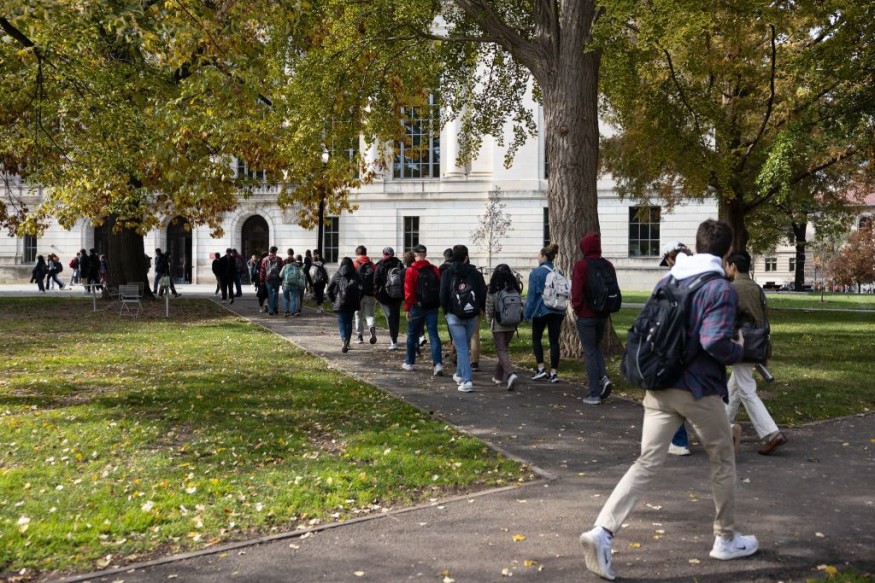How Students Can Set Realistic Financial Goals
An individual student may lay the foundation for a prosperous financial future, or even financial independence, with little preparation and financial education. A road map is frequently necessary for this proper financial start. Students may construct and maintain their road map by knowing what kinds of goals to aim for and how to set financial goals.

Establish a Budget
Your budget aids in the visualization of your earnings and outlays. No matter how much money you have to begin with, it's important to list everything you own, spend, and save (if appropriate). You may add your most frequent expenses and check how much money is coming in with your budget.
Establish a Savings Account
Create the saving habit today, and you'll find it easier to stick with it later. Brown notes that you may open an account with as low as $5 or $10 at a lot of financial institutions. To have money transferred into your savings account on a regular basis, set up recurring transfers. You may establish a strong savings habit by setting aside even $5 every week.
Initiate Retirement Investments
Regardless of your income level, saving for retirement may be one of your top priorities.
Have a percentage of your paycheck taken out each time and saved for the future if your workplace provides a plan, like a 401(k). A Roth individual retirement account (Roth IRA) can also be opened. By using this strategy, you may start accumulating a nest egg for the future while taking advantage of your present low tax rate.
Create an Emergency Fund
An emergency fund can help you prepare for independent living after graduation. Grants and scholarships, or assistance from your parents may cover the majority of the expenditures. However, after graduation, handling unforeseen expenses might become increasingly challenging.
You may begin building your emergency savings today and see it grow over time. An emergency fund can be opened with as little as a few dollars, just like a savings account. Aim to ultimately save enough savings to cover at least six months' worth of spending. Begin little, maybe with $10 each week, and if your salary and financial circumstances improve, you may add more.
Seek Financial Assistance to Lower Your Student Loan Debt
After graduation, student loan debt might seem like a crushing weight. Look into grants and scholarships to lower your borrowing.
If you attend a university, find out what options are available by speaking with the heads of your academic department and the financial aid office. To find out what help you could be eligible for, submit your Free Application for Federal Student help (FAFSA) each year.
Get Credit Building Started
It is advised that you establish credit as soon as you can as a young adult and student.
Obtaining and utilizing a credit card is among the simplest methods for establishing credit. Use your credit card to make one or two purchases, then settle the amount owed each month. Make sure you only make purchases that you can afford to make while using your credit card as part of your normal spending plan.
Related Article : Biden's $4.8 Billion Student Loan Forgiveness Plan Offers New Beginnings for Thousands
Copyright © MoneyTimes.com












